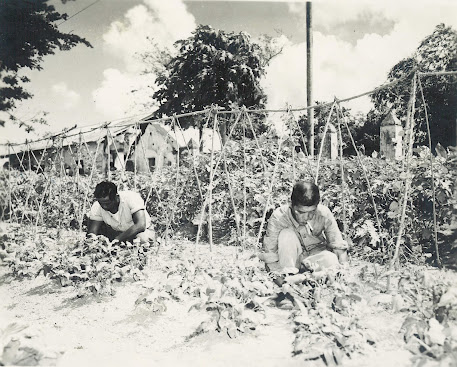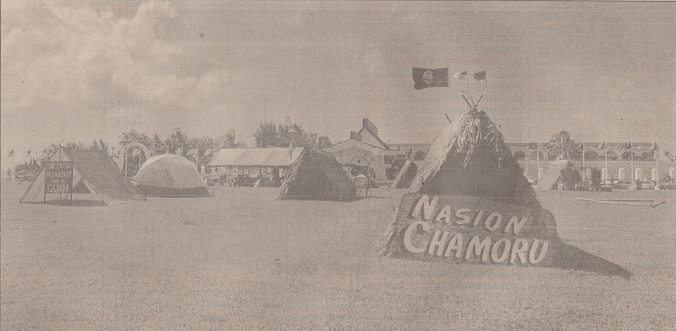I Puengi Sin Hågu

Trumitriste i pilan Sumåsahi gi sasahnge na inina Manånanges i puti’on I kandet-ñiha manmilalak påpa’ Mana’abak gi hinanao-ñiha para i tano’ Manenekkon i flores Ma tatitiyi papa’ i lipes hinemhom para i puengi Manu’u’u i petlas-ñiha para i lago’-ñiha Todu i mundo gi oriyå-hu kumeketu Nina’keketu nu i minanengheng I minanengheng humuyong sa’ chago’go’ i minaipe, taigue i guaifen i guinaiya-ku guini gi este na tåno’ Sa’ este i primet na puengi-ku guini sin hågu





